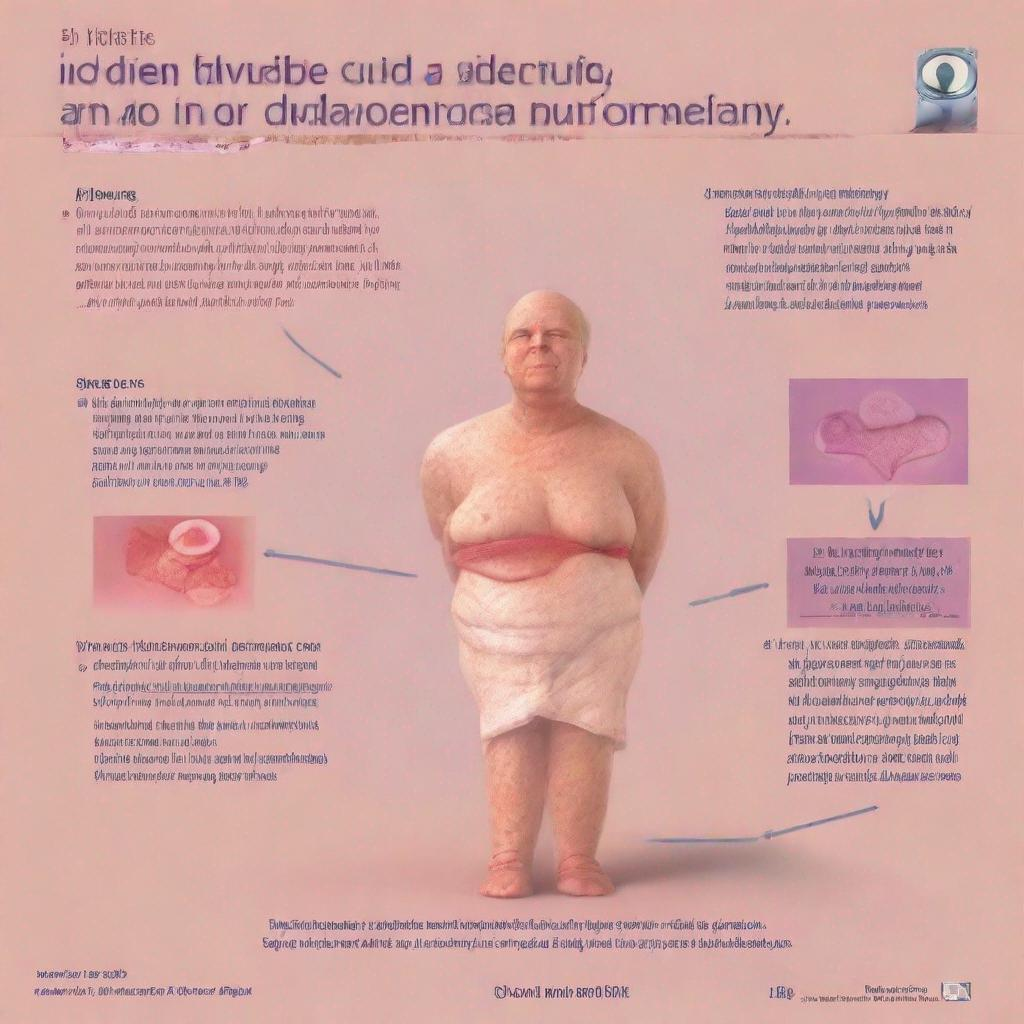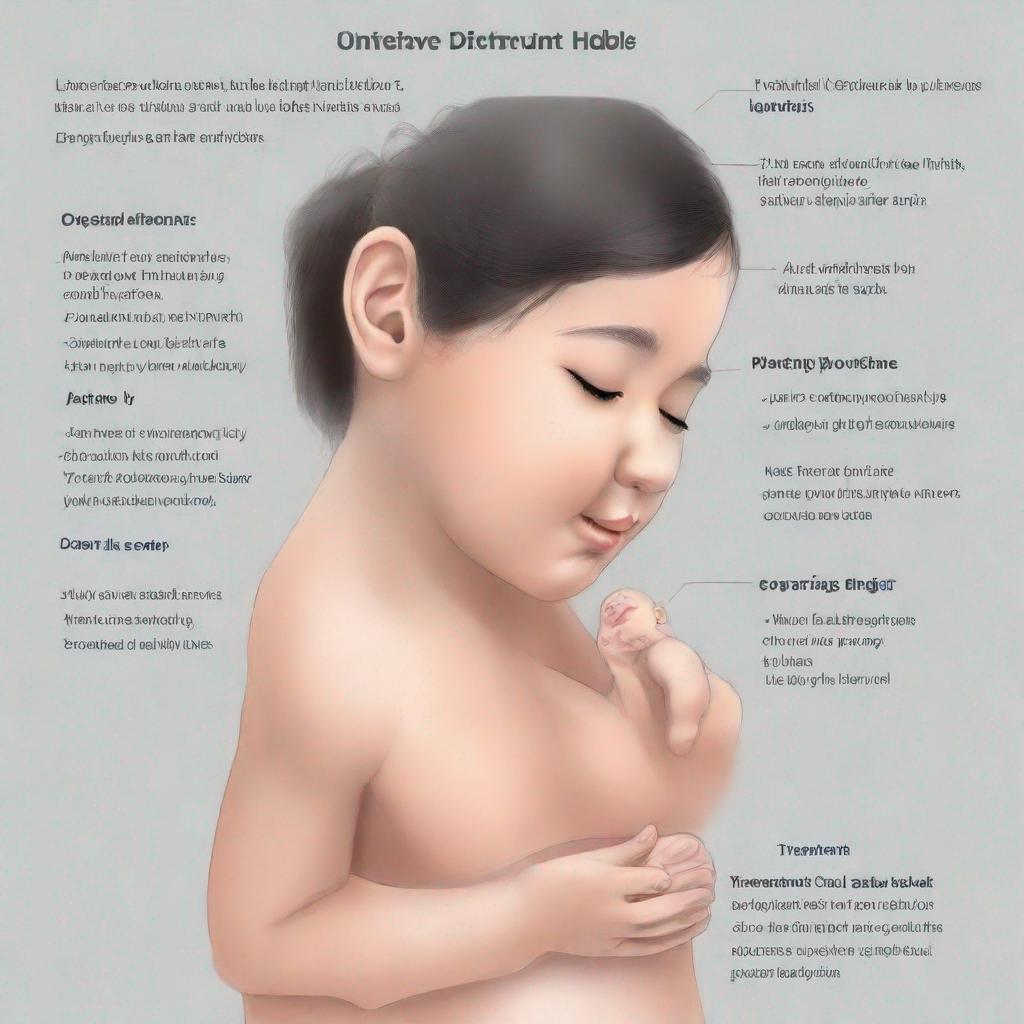“`html
Glucose: A Vital Test for Blood Sugar Management
Introduction
The glucose test is a crucial diagnostic tool that measures the levels of glucose in your blood. Glucose is the primary source of energy for your body, and its proper regulation is essential for maintaining good health. This test plays a significant role in diagnosing and managing conditions related to blood sugar metabolism, particularly diabetes.
Test Overview
The glucose test is commonly known by various synonyms, including blood glucose, fasting glucose, random glucose, postprandial glucose, and 2-hour postprandial glucose. It involves a simple blood draw and can be performed in a doctor’s office, laboratory, or even at home using a glucometer.
Conditions and Diseases Detected
The glucose test helps detect and monitor conditions related to blood sugar regulation, such as:
- Diabetes: This condition occurs when the body is unable to produce or effectively use insulin, leading to elevated blood glucose levels.
- Hypoglycemia: A condition characterized by abnormally low blood glucose levels.
- Hyperglycemia: A condition characterized by unusually high blood glucose levels.
Preparation Guidelines
Preparation for the glucose test may vary depending on the type of test being performed.
- Fasting Glucose: This test requires you to fast for 8-12 hours before the blood draw.
- Random Glucose: No fasting is required, but the test can be performed at any time of the day.
- Postprandial Glucose: This test is done 2 hours after eating a meal.
Procedure
The procedure for the glucose test is simple and straightforward:
- A small blood sample is drawn from a fingertip or vein.
- The blood is analyzed using a glucose meter or sent to a laboratory for testing.
- The results are usually available within a few hours.
Duration and Waiting Time
The blood draw itself takes only a few minutes, and the results are typically ready within a few hours depending on the laboratory.
Additional Tests
Your healthcare provider may recommend additional tests alongside the glucose test for a comprehensive health assessment, such as:
- Glycated Hemoglobin (HbA1c): This test measures your average blood glucose levels over the past 2-3 months.
- C-Peptide: This test assesses insulin production by the pancreas.
- Insulin: This test measures insulin levels in the blood.
Conclusion
The glucose test is an essential tool for diagnosing and managing conditions related to blood sugar metabolism. It provides valuable information about your blood sugar levels, helping your healthcare provider tailor an appropriate treatment plan. If you are experiencing symptoms such as increased thirst, frequent urination, fatigue, weight loss, or blurred vision, consult your doctor for a glucose test and timely diagnosis.
“`



